I may get commissions for purchases made through links in this post.
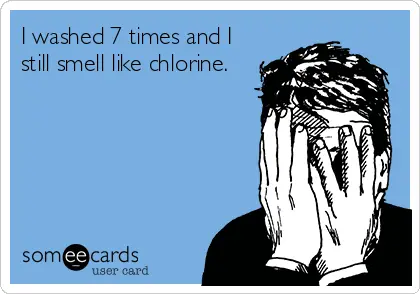 Before water gets into your home, it has to be filtered and treated with chlorine to remove dirt, bacteria, and all other possible contaminants. But as doctors advice, too much chlorine and regular exposure to this chemical can be risky to human health.
Before water gets into your home, it has to be filtered and treated with chlorine to remove dirt, bacteria, and all other possible contaminants. But as doctors advice, too much chlorine and regular exposure to this chemical can be risky to human health.
Do you prefer drinking tap water and are hesitant on the chlorine levels of the supply coming to your home? Do you like long hot showers and worry about the health risks due to chlorine?
It’s almost impossible to approach the water company and to be sure you have gotten truthful answers on the water’s chlorine levels.
Also because the water that comes out your tap isn’t the same as the water that leaves the filtration plant. The good news is that you can test it yourself at home. There are usually two options;
- testing your tap water manually using the kits, solutions, and tablets sold in the market or,
- to use gadgets like the colorimeter.
Manual chlorine level in tap water testing
- Using chlorine test strips. The easiest method of testing the chlorine levels of your tap water at home is to use test strips. Chlorine test strips are similar in principle and manner of use to almost all other test strips like those used for urine or drug testing. It’s as simple as getting a sample of your tap water, dipping the strip as indicated in the instruction, waiting several seconds for the indicator-color to appear, and comparing such color to the chart provided for the level reading.
Test strips are advantageous because they are cheap, widely available on the market, and could give you instant results. The only disadvantage is the accuracy level. The best test strips on the market have accuracy ranges from 80%-90%.
- Using chlorine test solutions. Chlorine test kits are also available in the liquid or solution form. The testing solution is sold in tiny dropper bottles similar to eye drops. Using the test solution is also straightforward. Collect tap water which will serve as the sample, add the number of drops indicated in the instruction, and finally compare the resulting color to the table or chart located on the label. The solution’s chemical composition reacts with chlorine, thus, changing the color of the water.
- Using DPD chlorine testing tablets. The most basic method is to use DPD chlorine testing tablets. In fact, the two methods above are essentially a DPD method. DPD stands for diethyl-p-phenylene diamine, the chemical compound which reacts with chlorine and changes the color of the sample water. The manner of using DPD testing tablets is similar to the liquid solutions mentioned above. Get a sample tap water, mix in the tablet, and compare the color results on the test chart. What makes it a little more complicated is that there are four DPD tablet variants which test different variations of chlorines. DPD1 is intended for residual or free chlorine, DPD2 for monochloramine, DPD3 for combined chlorine, and DPD4 for total chlorine.
Using a gadget or device to test your tap water on chlorine levels
There are devices and equipment which can precisely measure chlorine levels in the water. But the only gadget available on the market for consumer or household use is the colorimeter. There are now handheld or portable colorimeter sold on certain shops and of course, on the internet.
With a colorimeter, there’s no longer a need for you to wait for the water’s changing color and assess what level does that color belong. With this gadget, it can give you the precise chlorine level in decimal numbers. The drawback? It’s a little more expensive than the manual test kits.









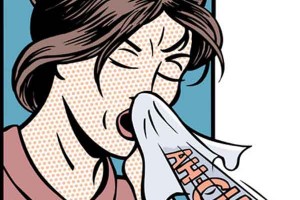




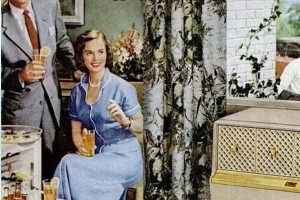

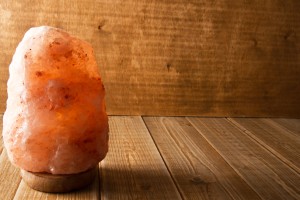
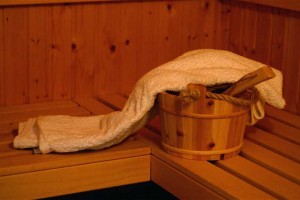






Thank you for this information. There are 4 Colorimeters… each testing a little different type of chlorine. Which is best for home tap water tests?
Free chlorine (available Chlorine) is best as it measure the amount of Chlorine available to attach to anything nasty. Once Chlorine has a attached to something to kill it, it’s no longer considered ‘free’ (available). It should be noted that when it does bond with something organic, it alters and some of these alterations are suspected to be not good for you. However typically in extremely tiny amounts. I work in the water industry and have access to testers of ALL kinds. I have experimented with Chlorine in tap water and this is what I found. (tests started at .07) Typical tap water left standing for more than 4 hours vented off all the free Chlorine into the atmosphere (Chlorine is a gas). If you run the water in a blender for a couple of minutes, the Chlorine vents off in about 30 minutes. However, if you run the water through a standard activated carbon filter (Brita or similar) the Chlorine goes instantly with the added benefit of filtering out Chlorine that bonded with organics (to kill them). In my tests, I found the standard Brita filter to be pleasantly surprising in it’s effectiveness. Hope that helps.
Is there a way to test water to see if it has any chlorine in it? I am having water troubles in my basement and suspect a water line break outside my house somewhere. Is there a home test one can do without buying a kit?
Walter
I am having the same problem. The city says it isn’t their problem, I say it is. Our county health department charges $20 for a water test, and they don’t test for chlorine. They test for something called chloride. I’d be interested in hearing about a home test too, if there is one.
Hi, Mark.
Does tap water heated and filtered through a normal coffee maker with a couple tablespoons of ground coffee lose it’s chlorine right away? From what you said I imagine ground coffee is an organic compound that the chlorine may attach itself to while being filtered down into the pot. Is my assumption correct?
Also, does boiling tap water make it lose any of its chlorine right away?
After getting nowhere with my county health department on my water samples, I stopped at a pool place. I was thinking…pools have chlorine, LOTS of chlorine. Turns out that the test kits they have are for pools only. The logic is that the amount of chlorine in tap water was miniscule compared to pool water, so the test would register 0 for tap water. I guess my next choice is finding a private lab to test my water.
Go to Vwater.com
It has a very good extensive
explaination of how everything works with your water and how you can Eliminate chlorine , bacteria pathogen‘s , heavy metals such as lead , barium Plattinum and other toxic cancer-causing metals .
The system sells for about 45$ a month . It’s the purest water in the world . I’m a sales agent for the company . 214-499-4029 Craig . Water testing and consultation are free.
I know this is old, but maybe it will help someone. Get a test kit for an aquarium. Any pet store should have it. Probably even WalMart. It will tell even low levels. As it is harmful for fish.
I know this is now old as well, but THANK YOU!!
Everything I saw said they were only for restaurants, pools, etc. Soon as I searched for aquarium tests, I found kits.
How to detect water is chlorinated on the basis of colour without any instrument?
what is a dosage of chlorine for home water?
It should be in the range of 1 ppm (parts per million). In other words, 1 mg per liter.
what is the sampling plan to study the water quality for drinking water ?
RE:
“It’s almost impossible to approach the water company and to be sure you have gotten truthful answers on the water’s chlorine levels.”
I take issue with that opinion.
Any legitimate water system will have a contact position filled with personnel who will be prepared to provide easy to understand documentary info for the consumer customer.